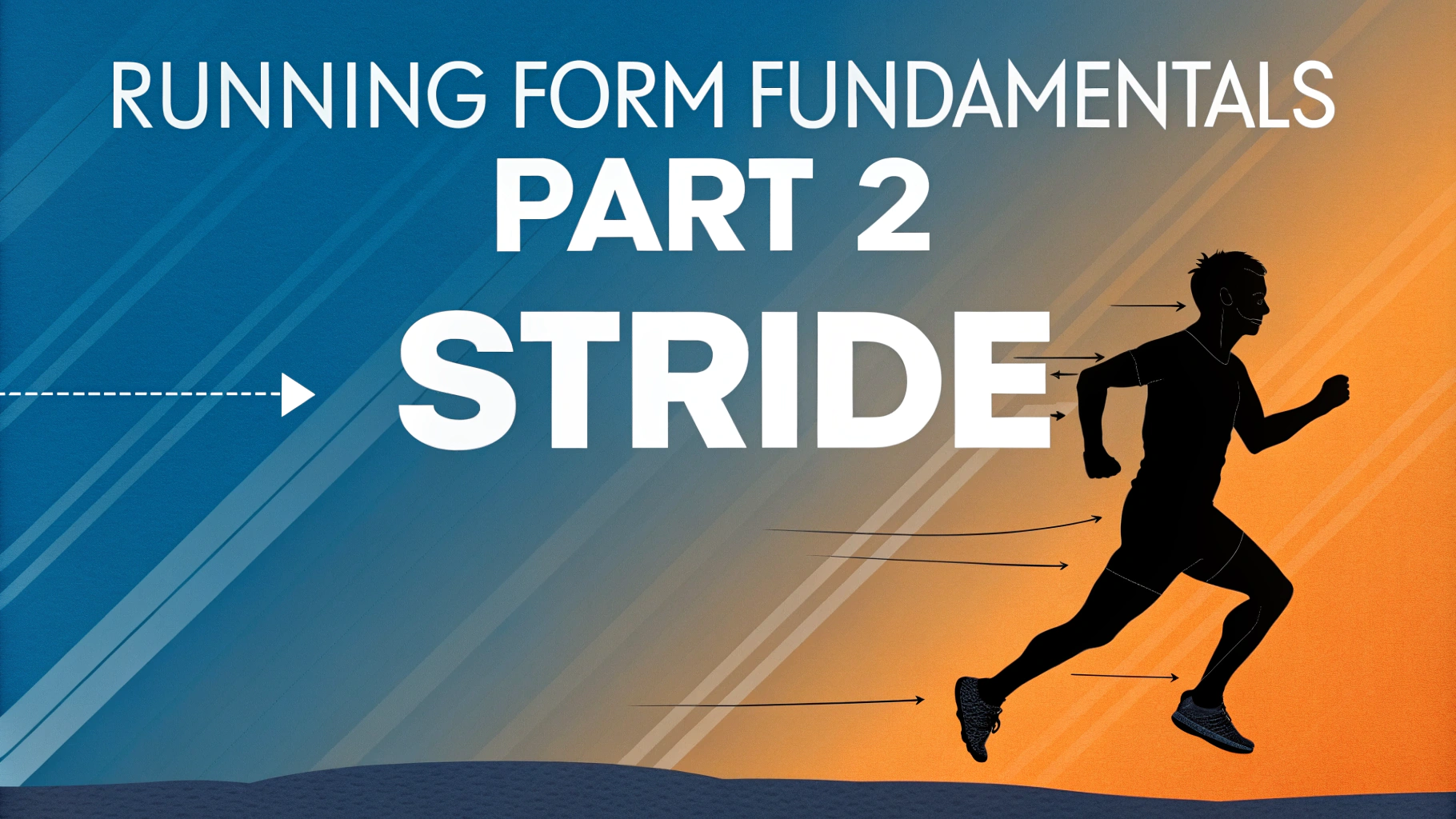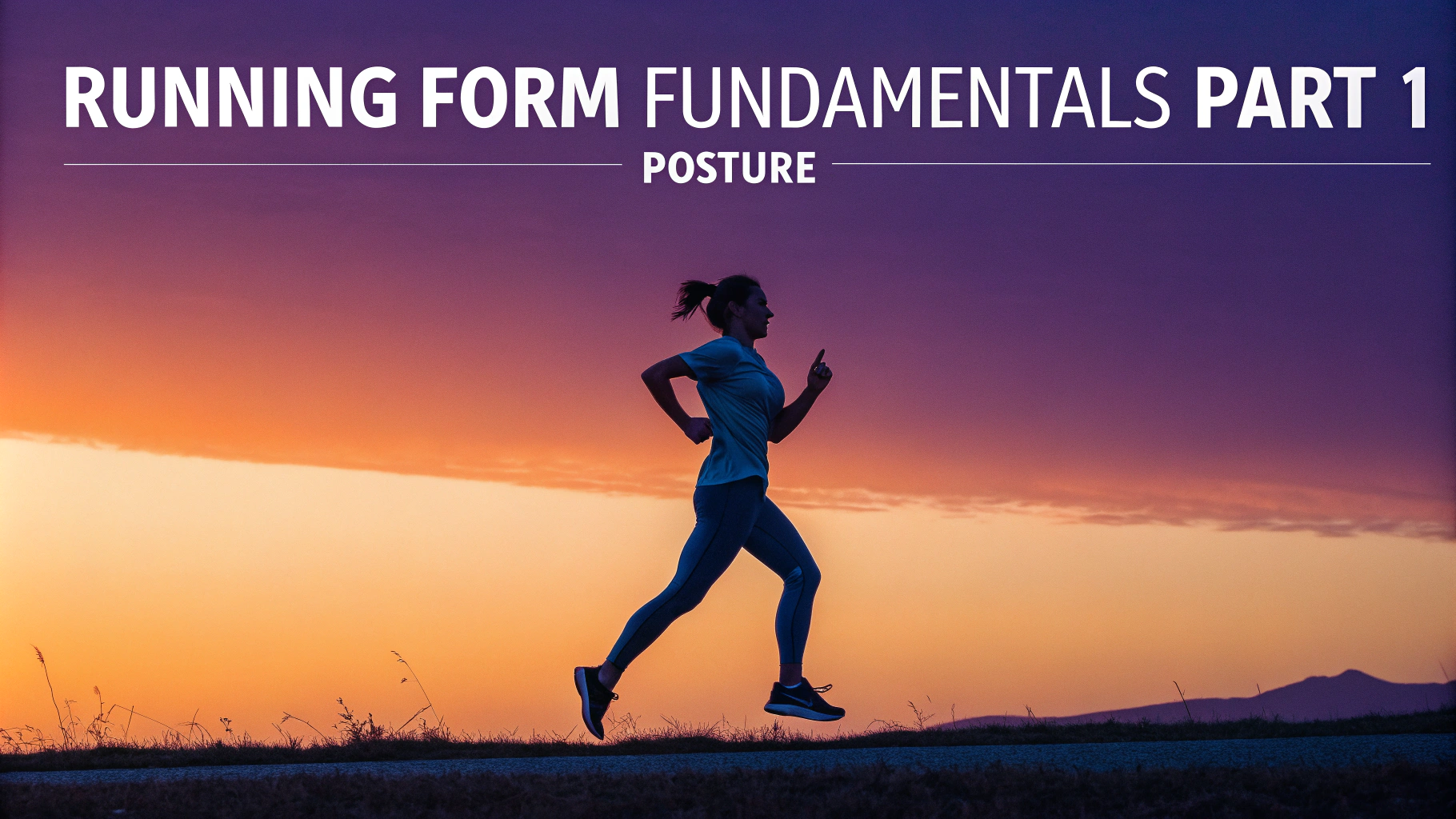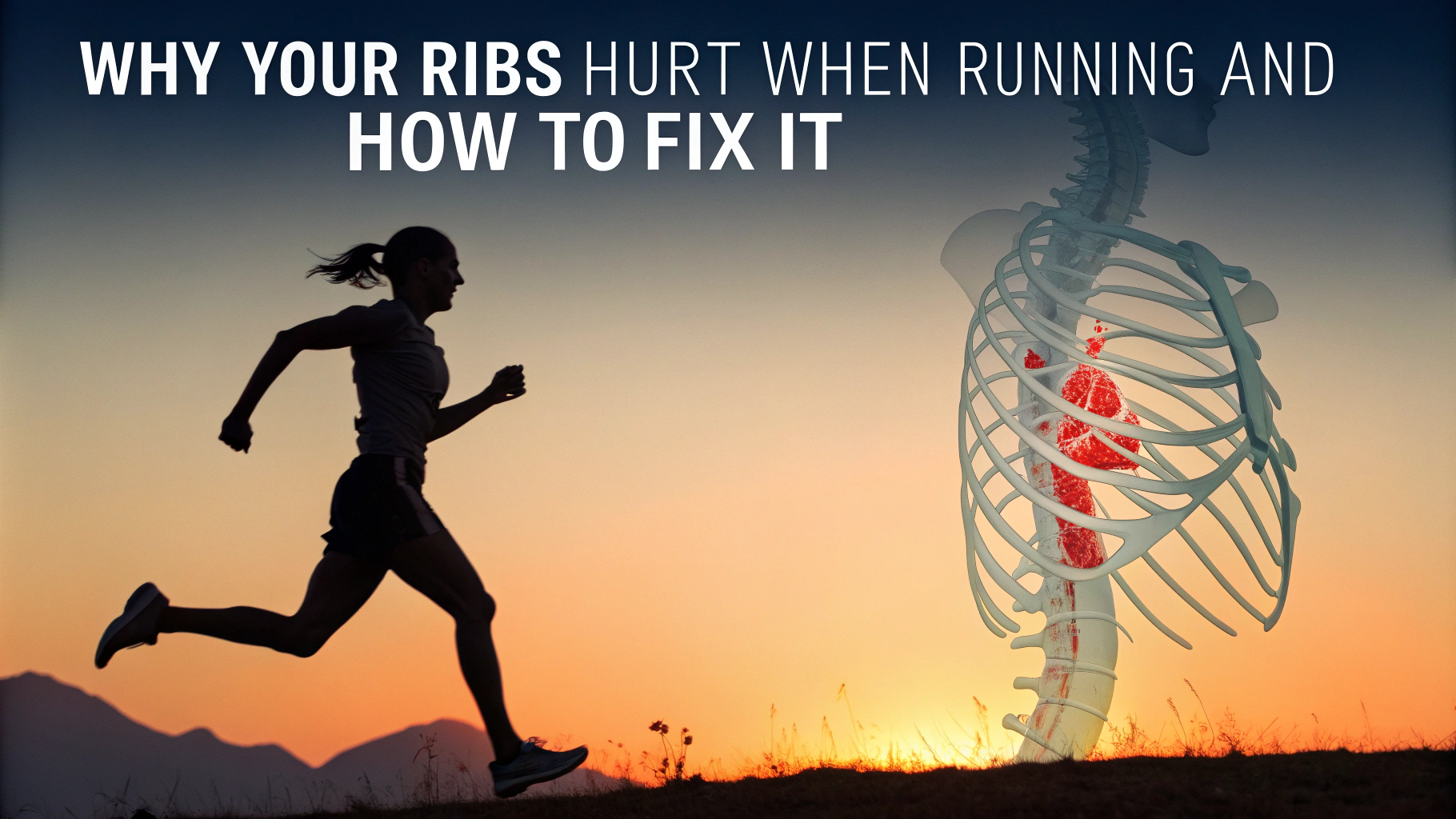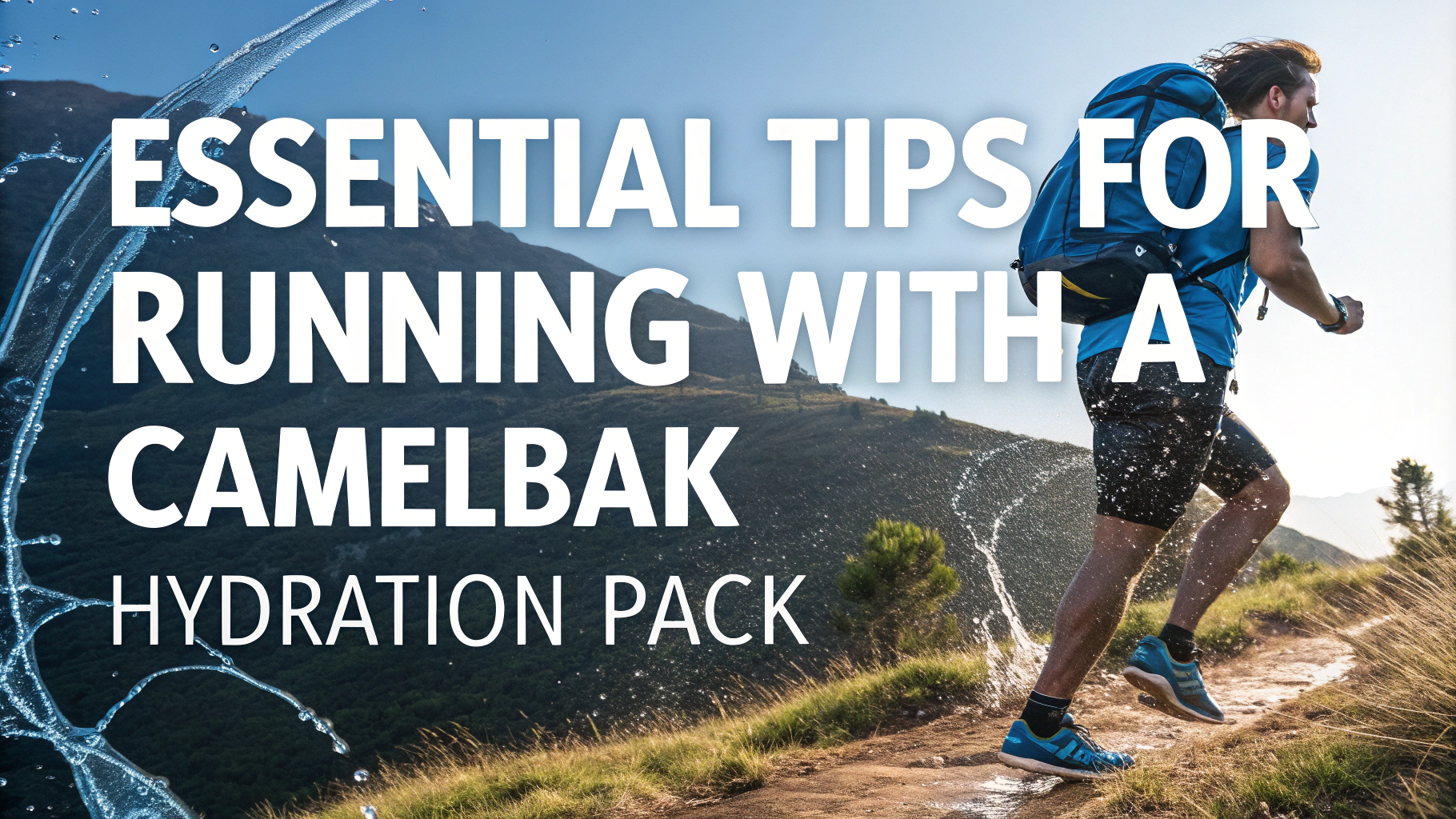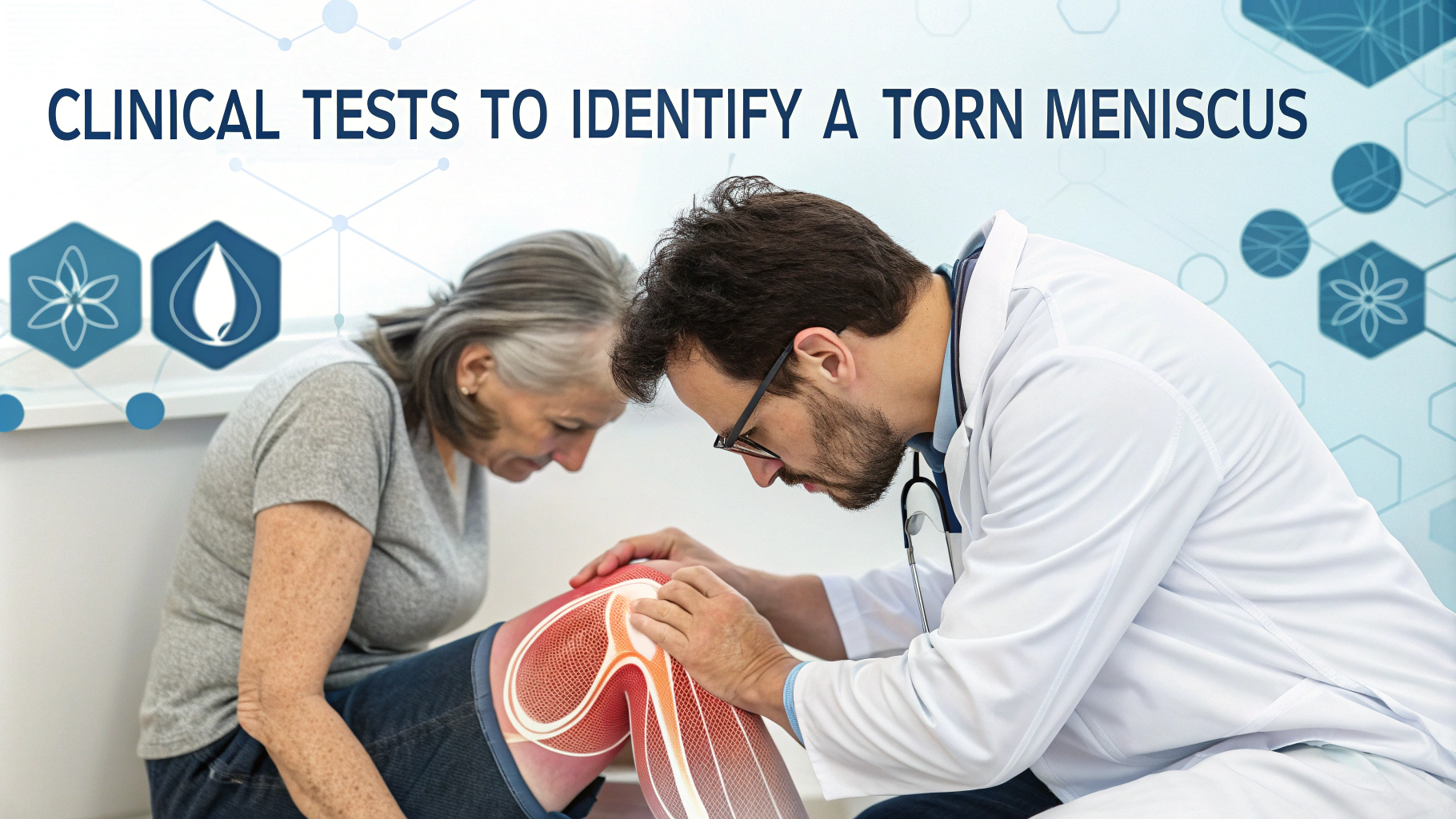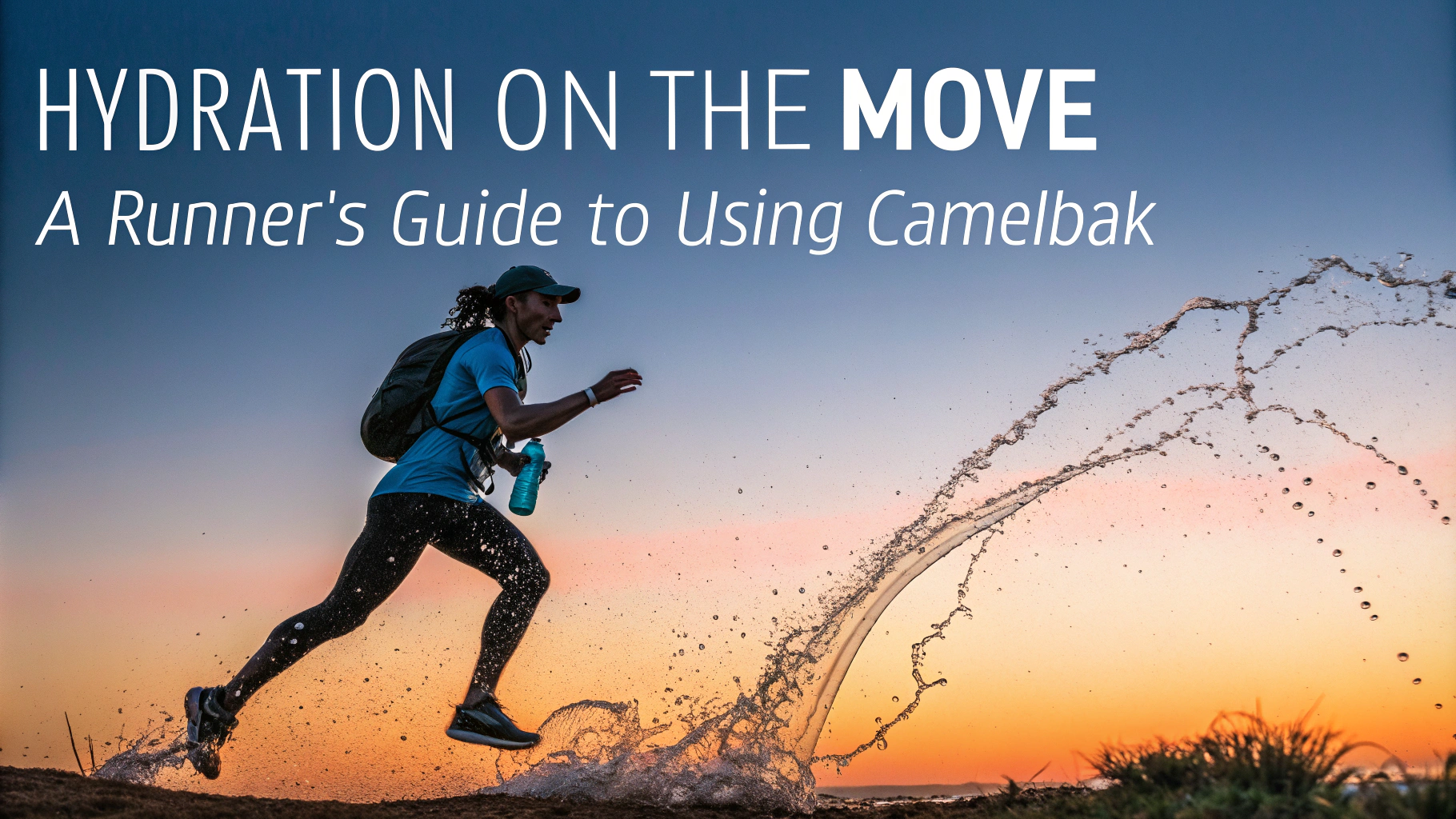Morton’s neuroma causes sharp foot pain between the toes, typically between the third and fourth toes, and this quick guide will help you identify it through simple tests you can do at home.
This condition develops when tissue thickens around a nerve, usually due to pressure from running, tight shoes, or high heels.
5 Self-Tests for Morton’s Neuroma
- Squeeze Test
- Gently squeeze the foot from side to side
- Pain or a clicking sensation between toes indicates possible neuroma
- Thumb Index Test
- Press thumb under the foot while pressing index finger on top
- Sharp pain suggests Morton’s neuroma
- Walking Test
- Walk barefoot on a hard surface
- Note any burning sensation or feeling of walking on a pebble
- Single Leg Rise
- Stand on affected foot
- Rise onto toes – pain indicates possible neuroma
- Mulder’s Sign
- Squeeze foot while pressing between metatarsals
- A clicking sensation is classic for Morton’s neuroma
Immediate Relief Tips
- Ice the affected area for 15 minutes
- Wear wider shoes with good arch support
- Use metatarsal pads to reduce pressure
- Take a break from high-impact activities
When to See a Doctor
Contact a podiatrist if pain persists for more than two weeks despite home treatment.
Runners should especially watch for early signs as continued high-impact activity can worsen the condition.
Find a qualified podiatrist through the American Podiatric Medical Association:
Website: www.apma.org/findapodiatrist
Phone: 1-800-275-2762
Prevention Tips
- Wear properly fitted running shoes with adequate toe box width
- Replace running shoes every 400-500 miles
- Use orthotic inserts if recommended by a specialist
- Avoid high heels over 2 inches
- Stretch feet and toes regularly
Treatment Options
Conservative Treatments
- Custom orthotics to redistribute pressure
- Physical therapy exercises
- Padding and taping techniques
- Over-the-counter anti-inflammatory medications
- Corticosteroid injections
Advanced Treatments
- Radiofrequency ablation
- Decompression surgery
- Neurectomy (surgical removal of the nerve)
Recovery Timeline
Most patients experience improvement within 3-6 months of conservative treatment. Surgical recovery typically requires 4-6 weeks before returning to normal activities.
Long-Term Management
- Regular foot stretching exercises
- Weight management to reduce pressure on feet
- Activity modification as needed
- Annual footwear assessment
Conclusion
Morton’s neuroma is a manageable condition when diagnosed early and treated appropriately. Understanding the symptoms and performing self-tests can help identify the problem, while proper footwear and conservative treatments often provide relief. Persistent symptoms require professional medical evaluation to prevent long-term complications.
Remember that prevention through proper footwear and early intervention offers the best outcome for managing Morton’s neuroma effectively.
FAQs
- What exactly is Morton’s Neuroma and how does it affect runners?
Morton’s Neuroma is a thickening of the tissue around a nerve between the third and fourth toes, causing pain, burning, and numbness. Runners commonly develop this condition due to repetitive pressure on the forefoot during impact. - What are the most reliable self-tests for Morton’s Neuroma?
The most reliable tests include the squeeze test (compressing the foot from side to side), Mulder’s click test (squeezing the metatarsal heads while moving the toes), thumb pressure test, and examining for numbness between affected toes. - Can I continue running with Morton’s Neuroma?
Running should be limited or temporarily stopped when symptoms are acute. Once properly treated with wider shoes, metatarsal pads, and appropriate orthotics, many runners can gradually return to activity under medical guidance. - What shoe modifications help alleviate Morton’s Neuroma pain?
Using shoes with a wider toe box, low heel-to-toe drop, and adequate metatarsal arch support can help. Custom orthotics or metatarsal pads can provide additional relief by spreading the metatarsal heads. - How accurate is the squeeze test for Morton’s Neuroma?
The squeeze test is approximately 96% accurate when performed correctly, making it one of the most reliable clinical tests. A positive result produces pain or a clicking sensation between the affected metatarsal heads. - What distinguishes Morton’s Neuroma pain from other foot conditions?
Morton’s Neuroma typically causes burning pain between the third and fourth toes, numbness, and the sensation of standing on a pebble. Unlike metatarsalgia, the pain is usually focused in one spot and may include electric shock sensations. - How long does it take for Morton’s Neuroma to heal in runners?
Recovery time varies but typically ranges from 6-12 weeks with conservative treatment. Full healing may require 3-6 months if surgery is needed, with gradual return to running under professional guidance. - What imaging tests can confirm Morton’s Neuroma?
Ultrasound and MRI are the most effective imaging tests, with ultrasound being preferred due to its cost-effectiveness and ability to identify neuromas as small as 3mm. X-rays are not useful for direct visualization but can rule out other conditions. - Are there specific running form modifications that can help prevent Morton’s Neuroma?
Running with a midfoot strike, avoiding excessive toe-off push, and maintaining proper running posture can help reduce pressure on the forefoot. Additionally, gradually increasing mileage prevents overload. - What is the success rate of conservative treatment versus surgery for runners?
Conservative treatment (padding, orthotics, injections) has a 30-50% success rate. Surgical intervention has an 80-85% success rate, though runners should exhaust conservative options first due to potential complications affecting return to sport.


